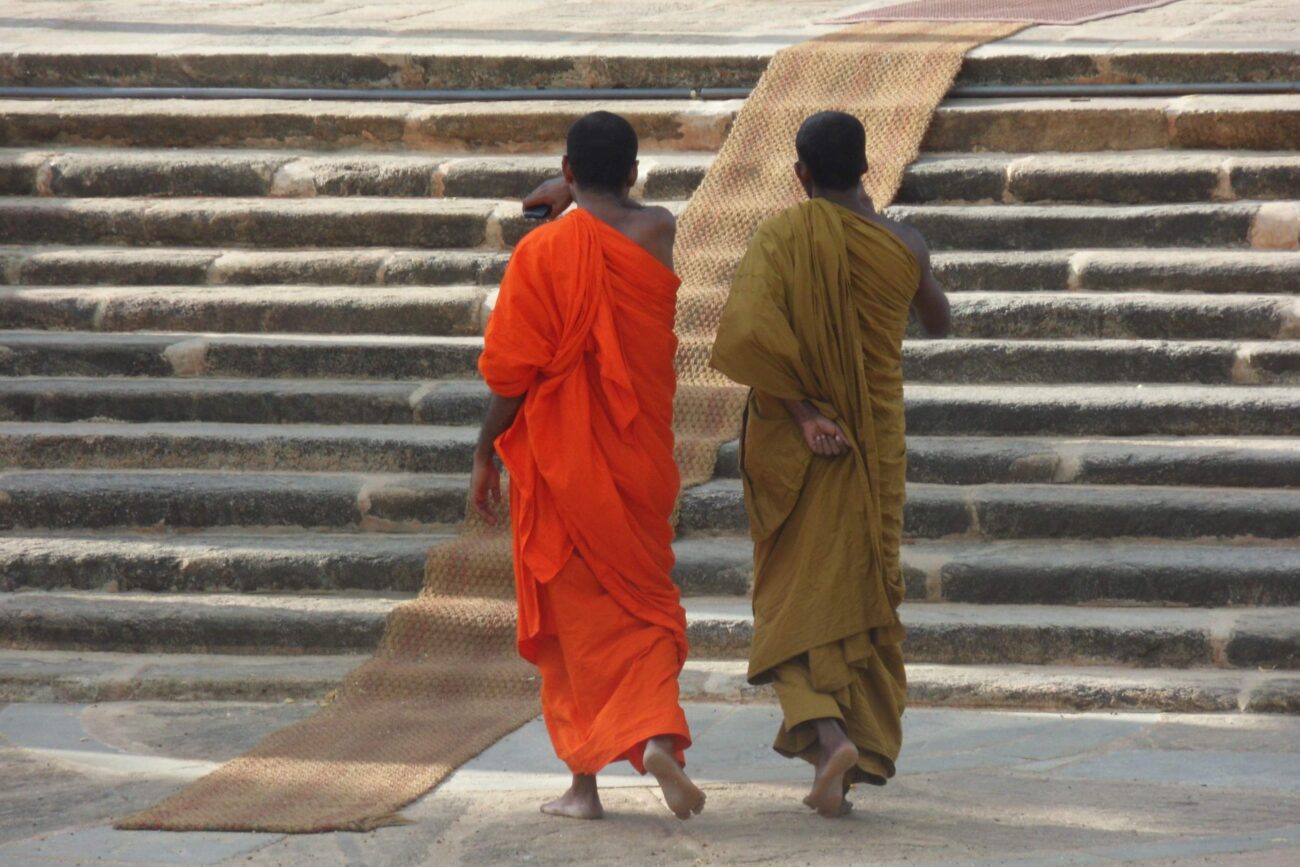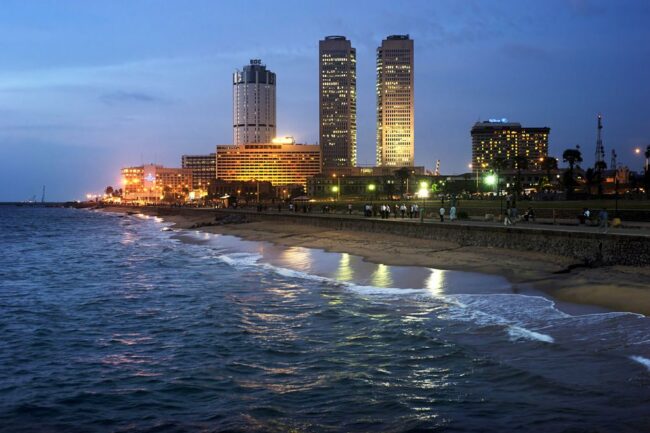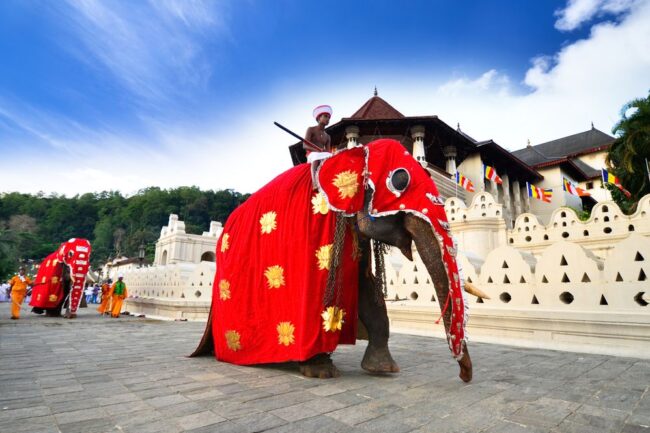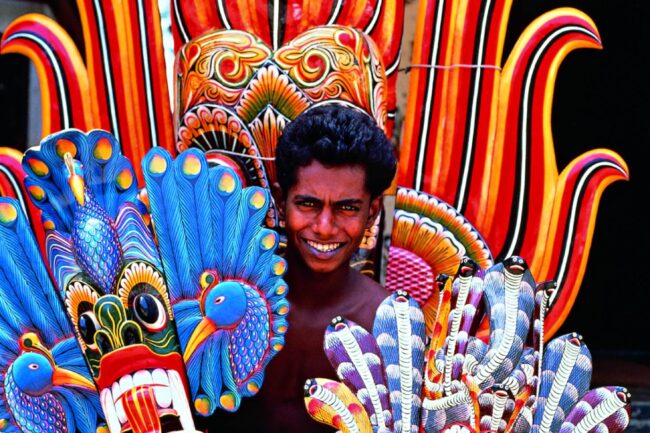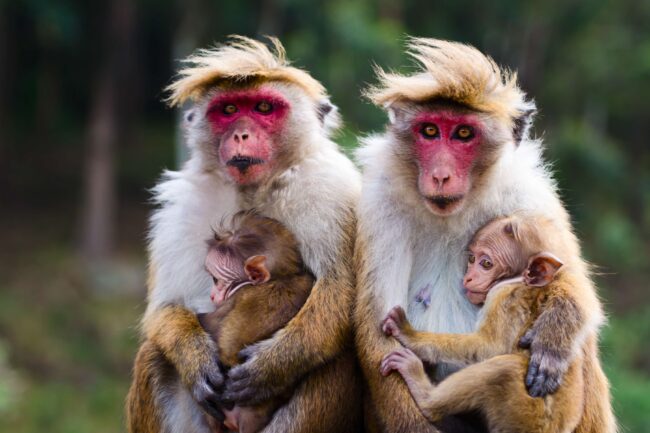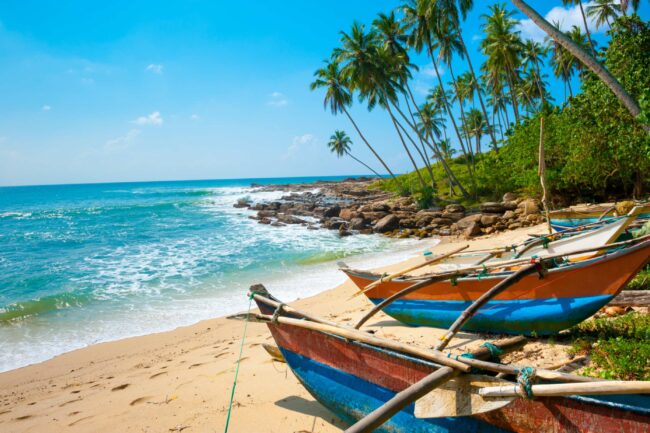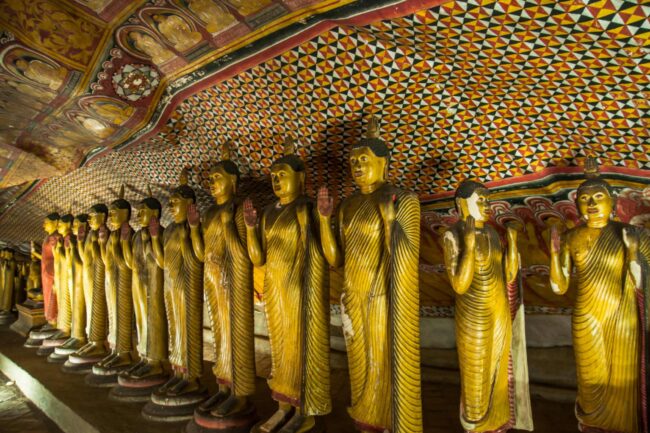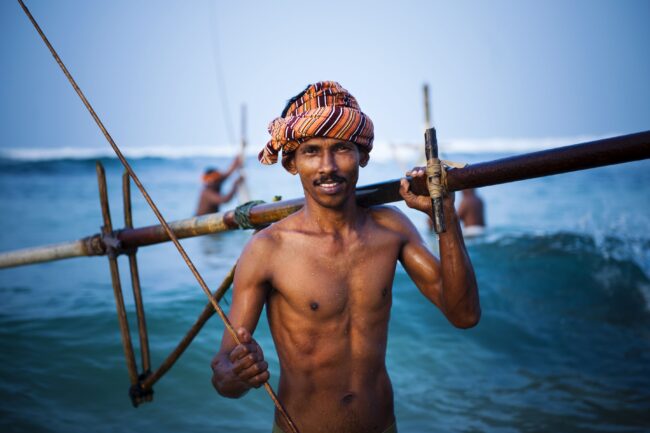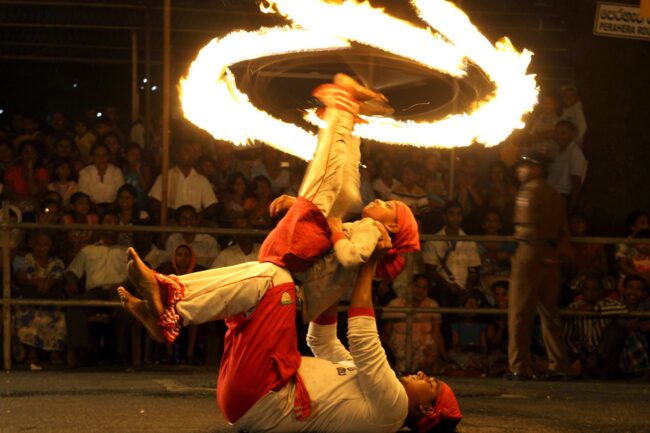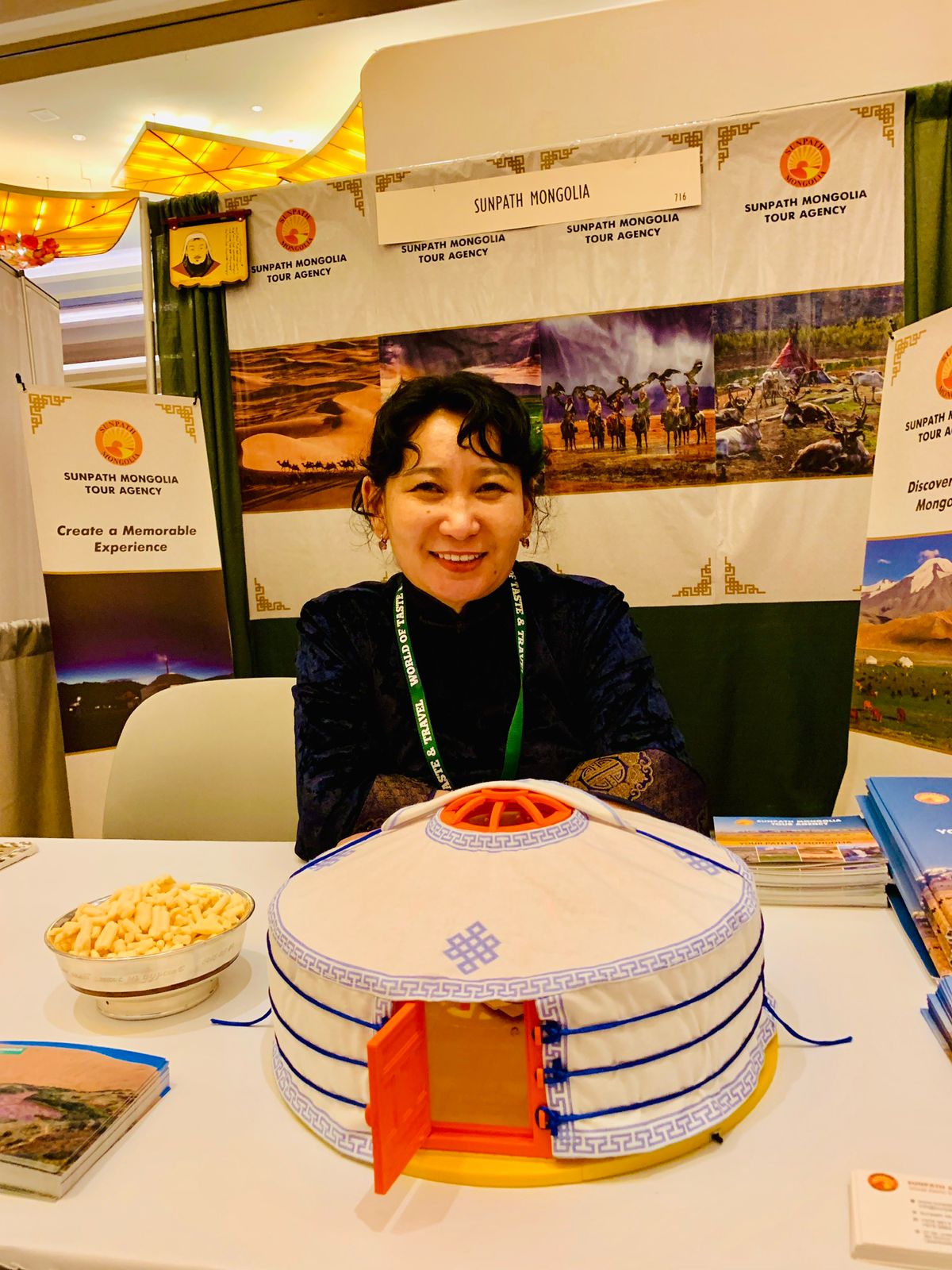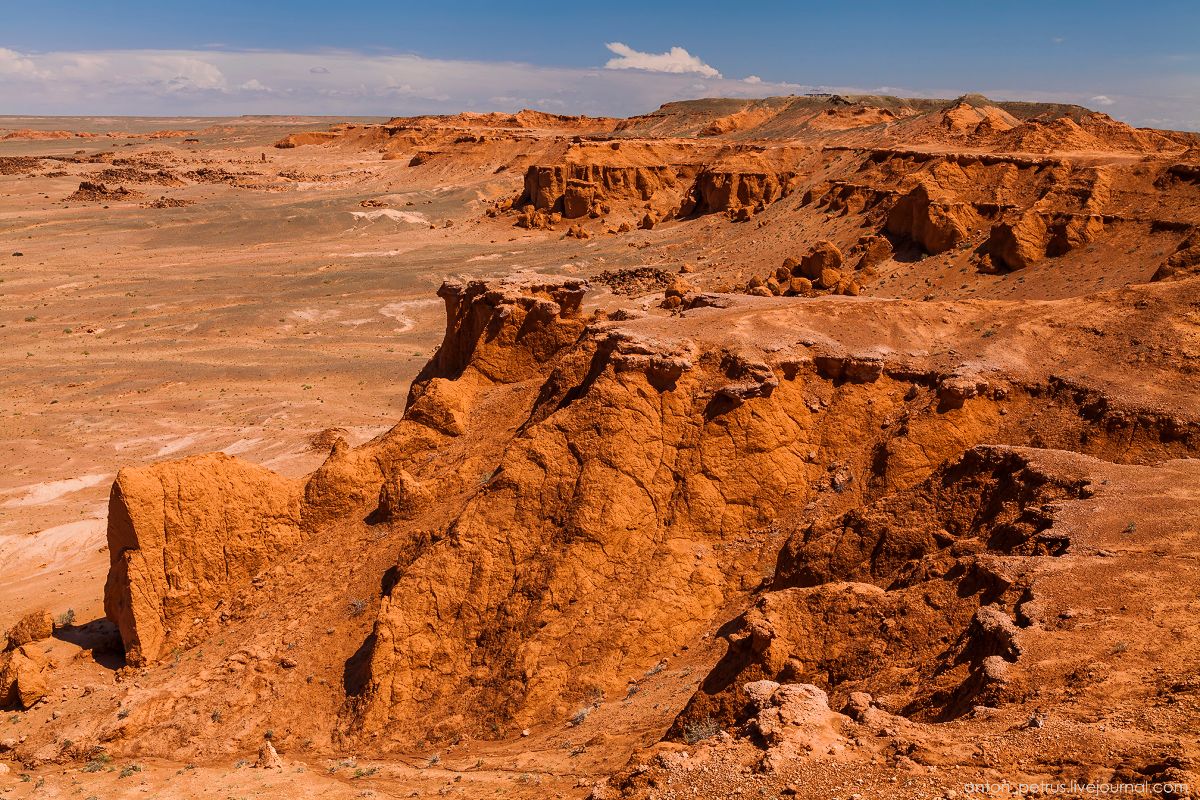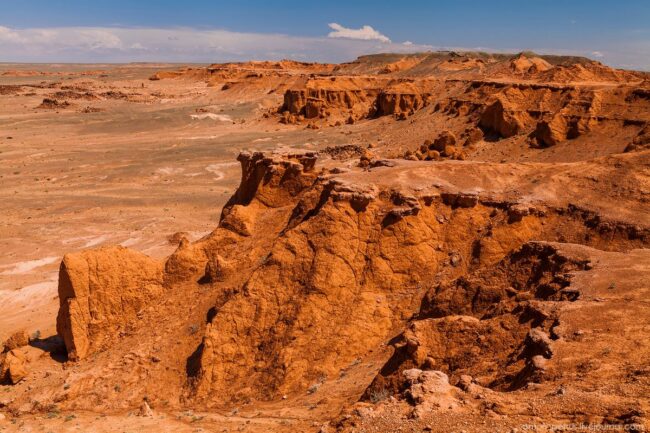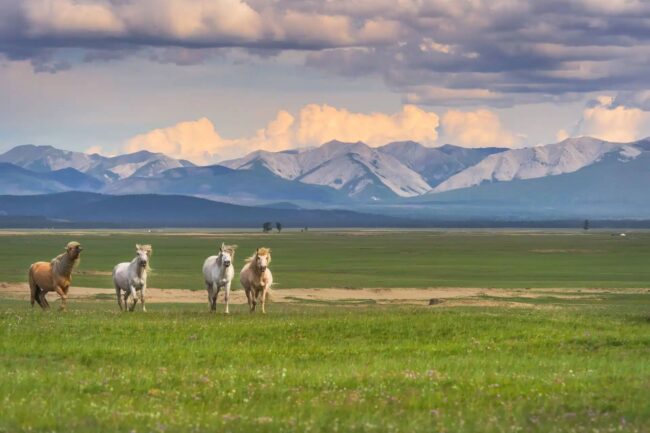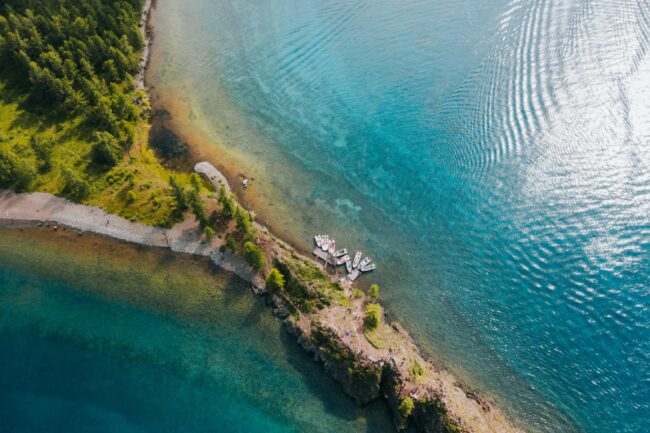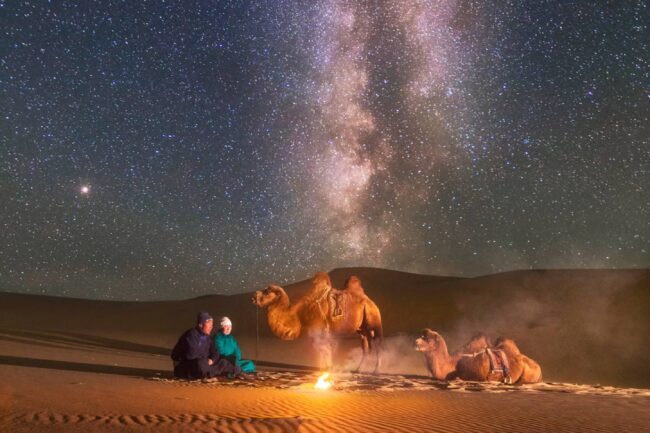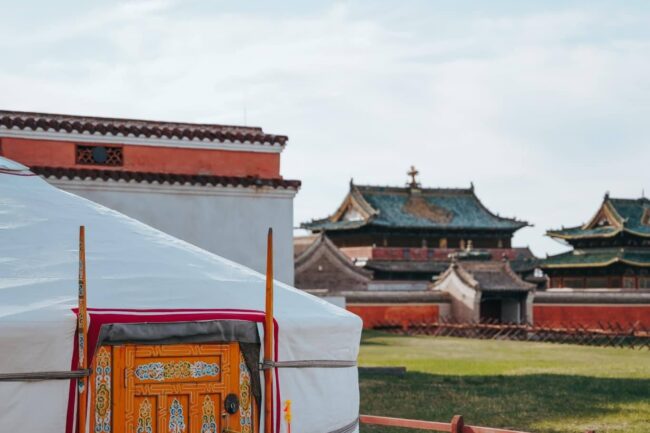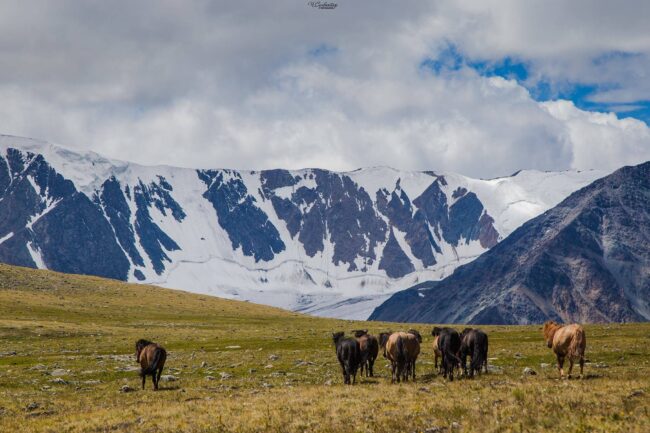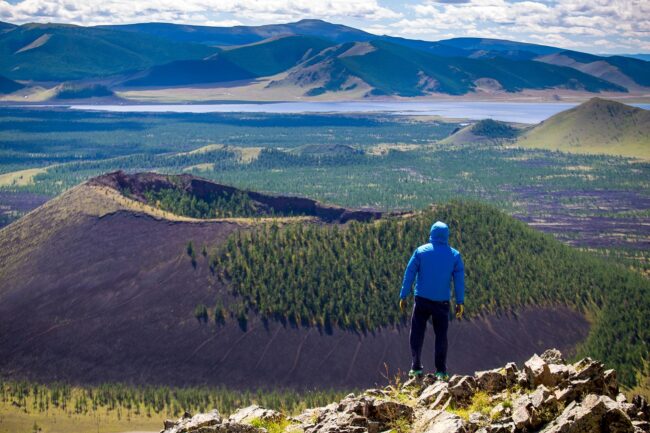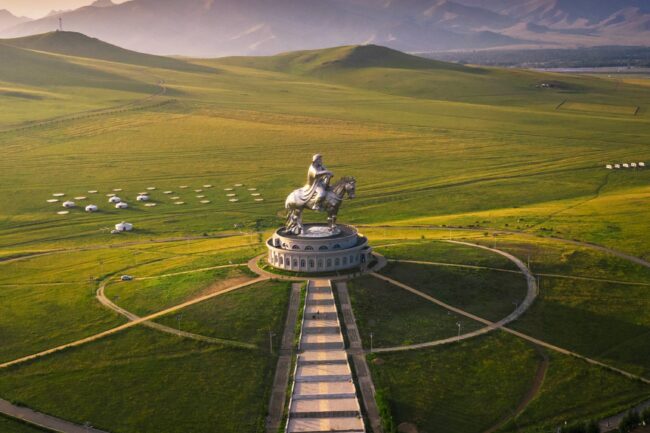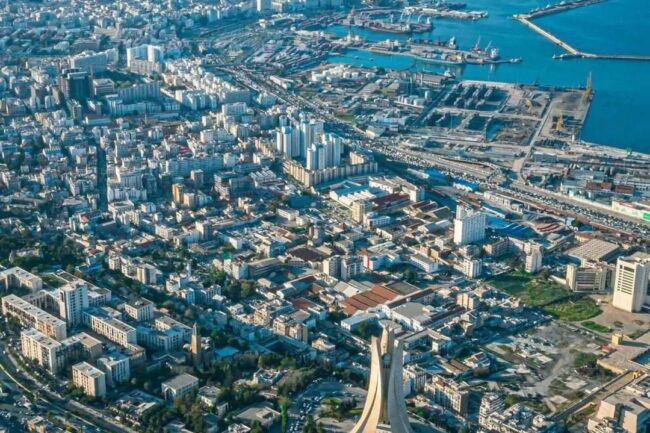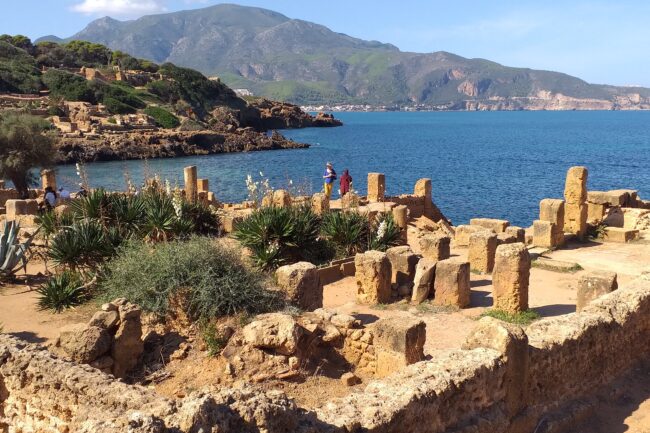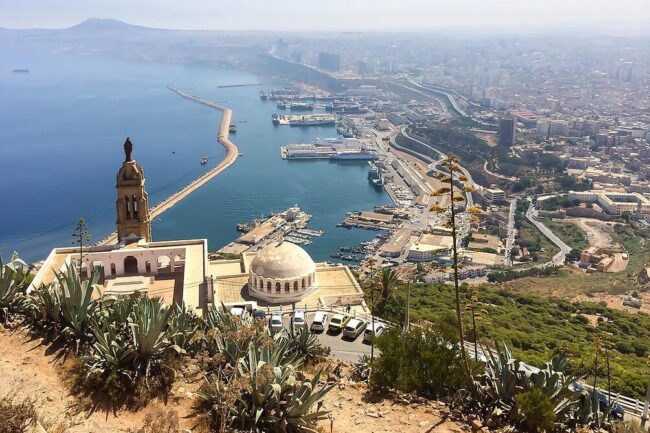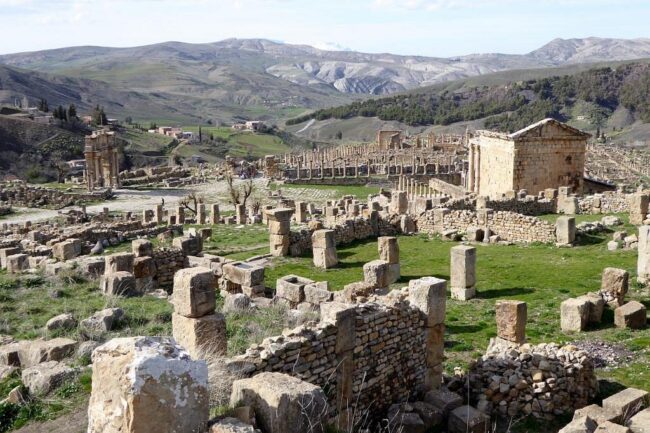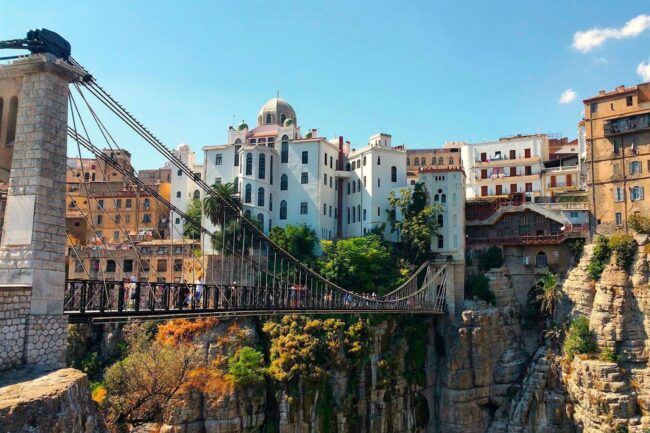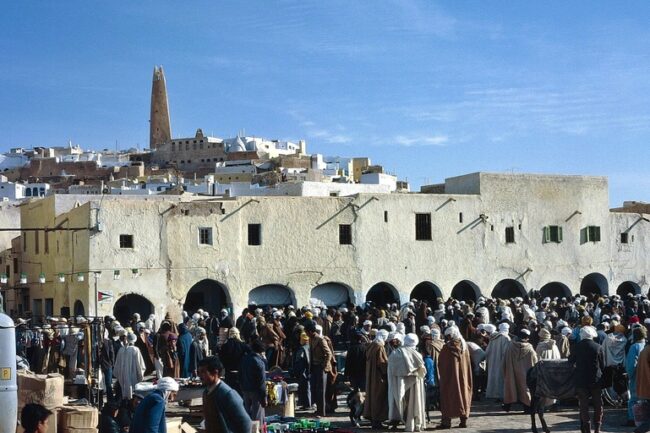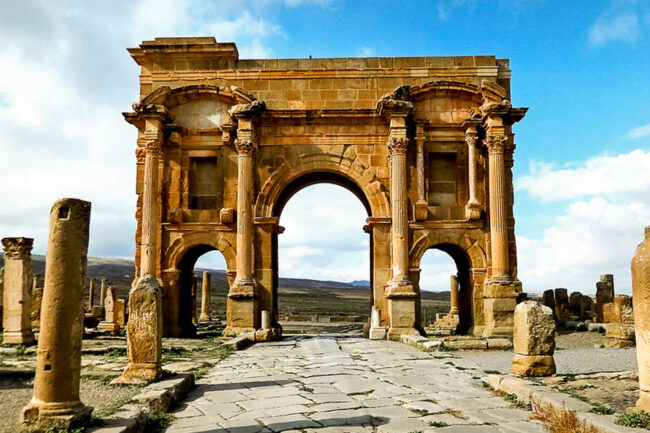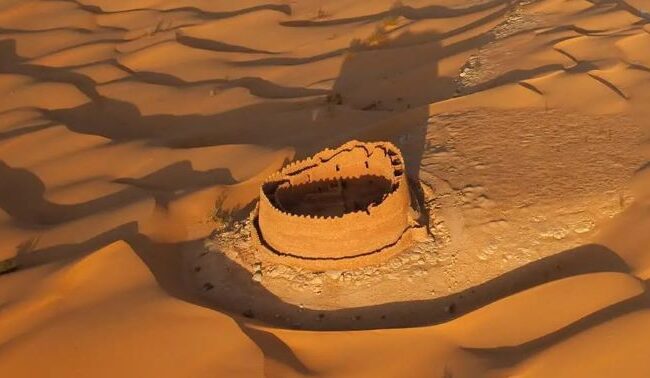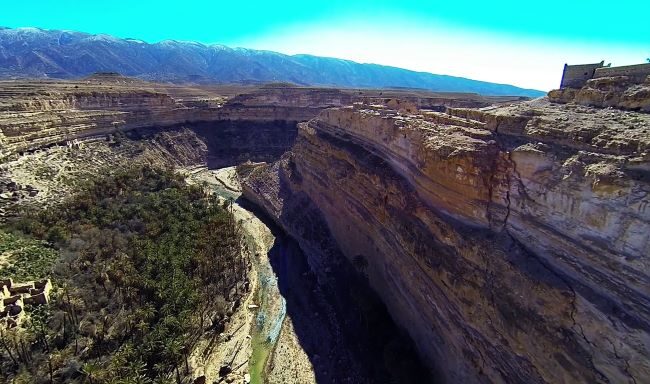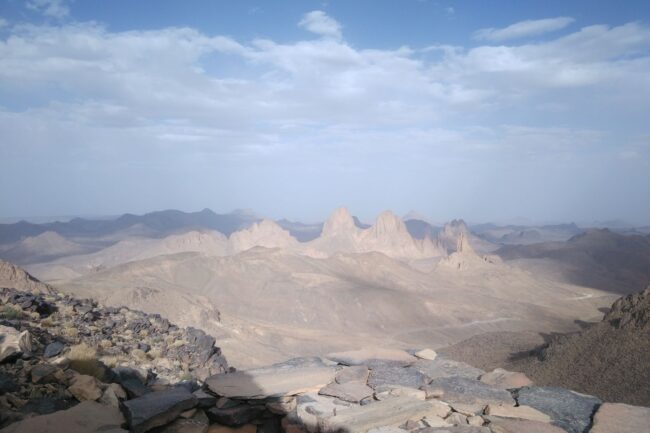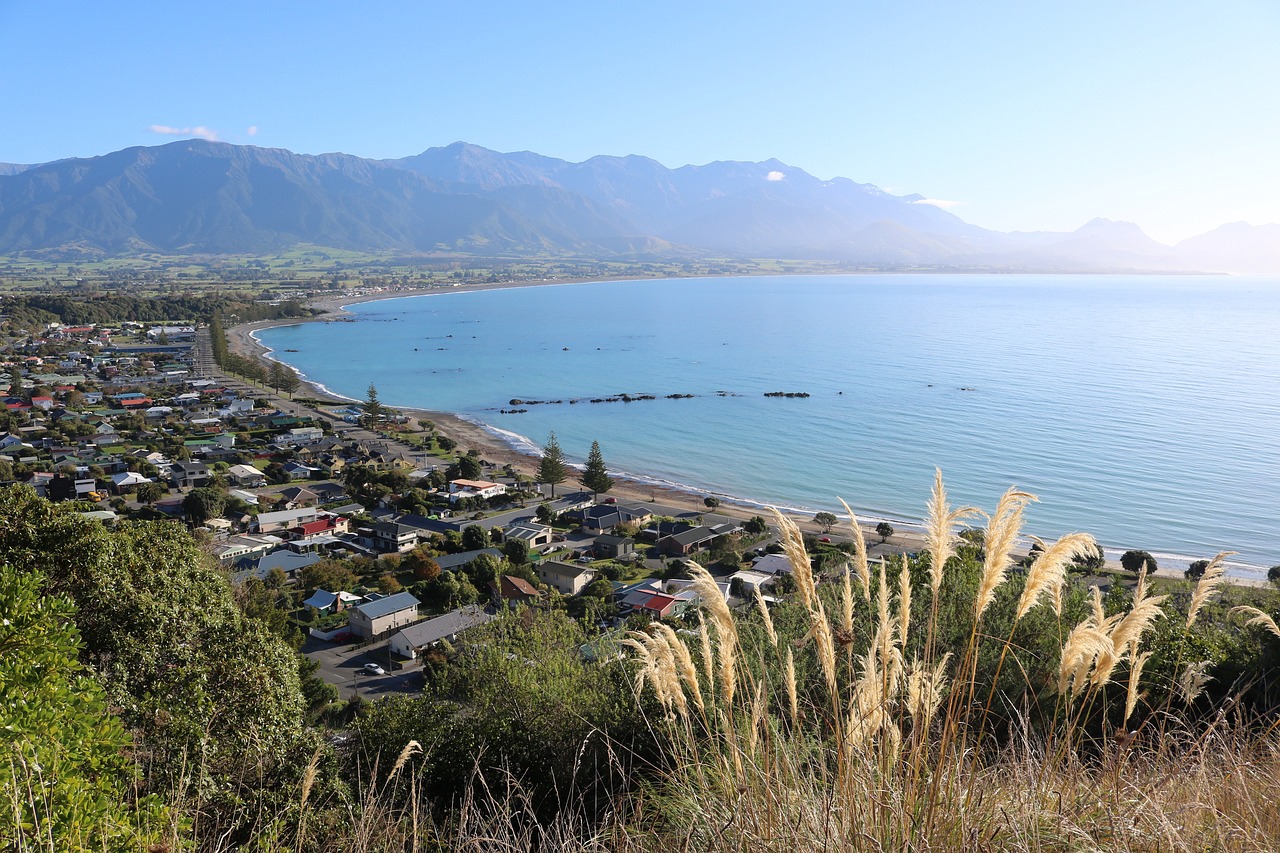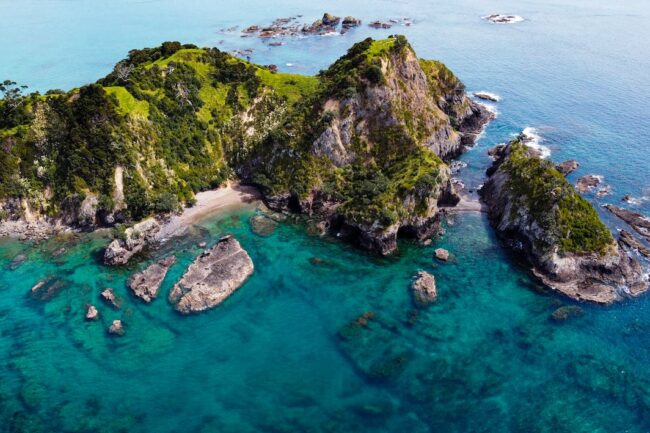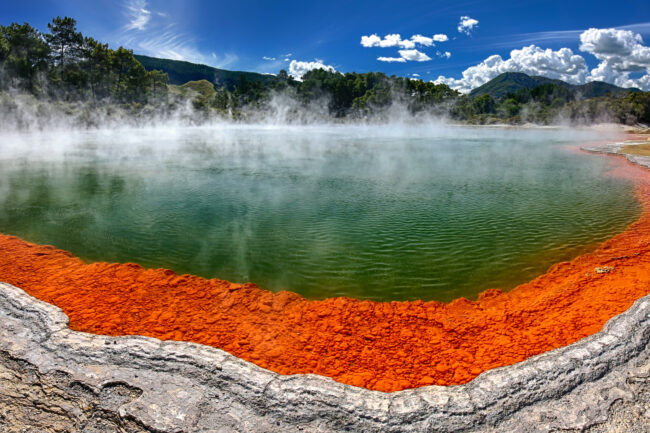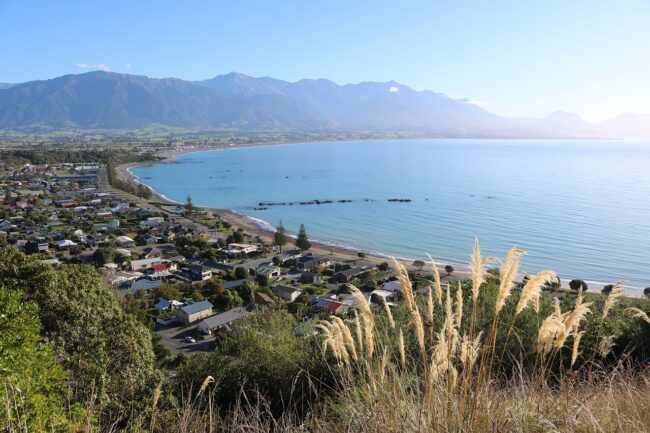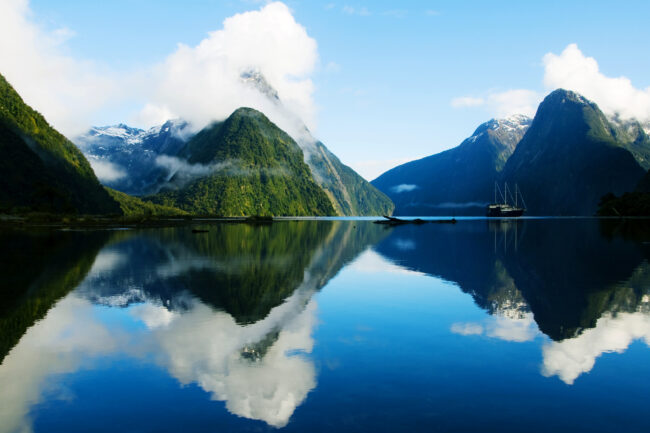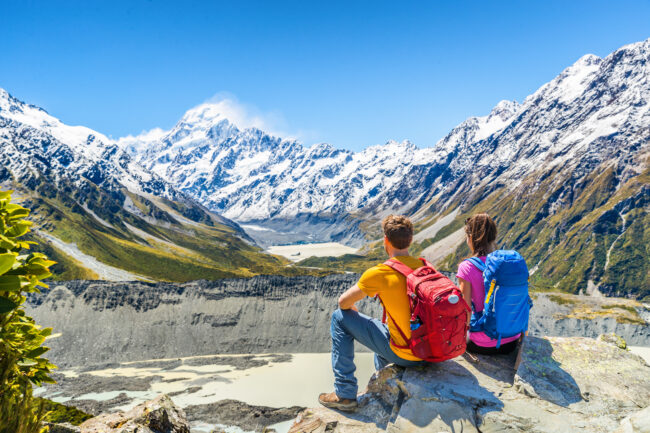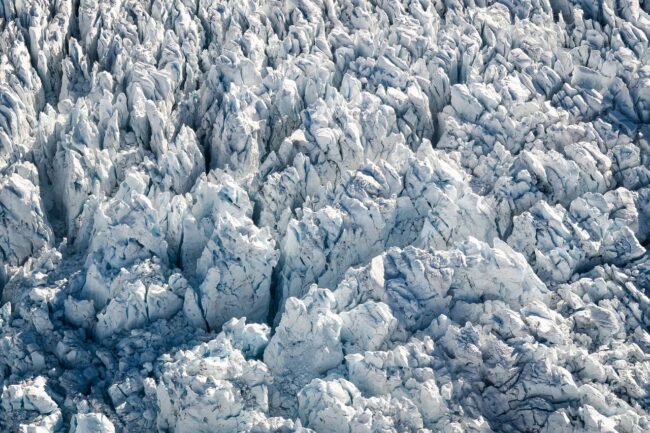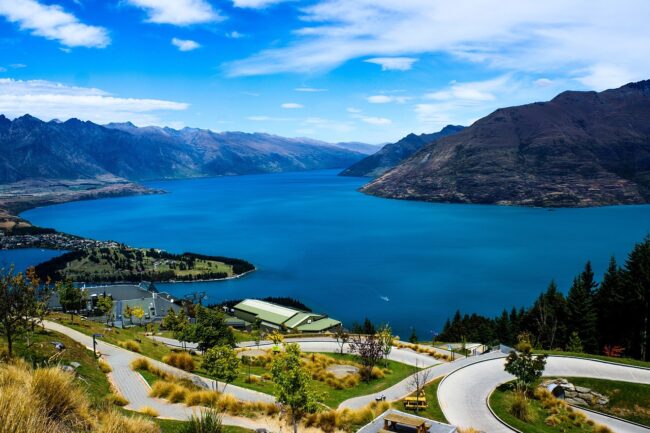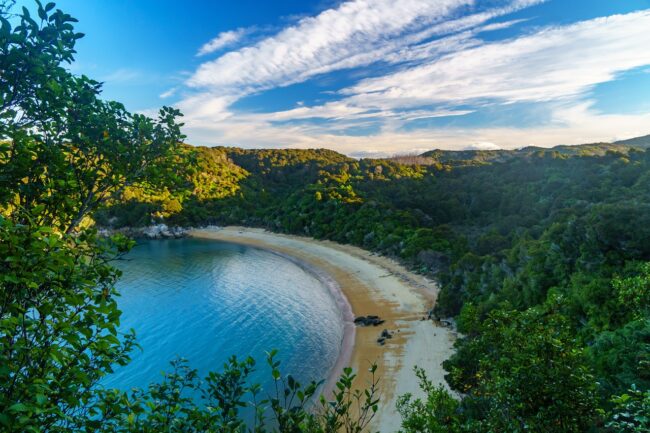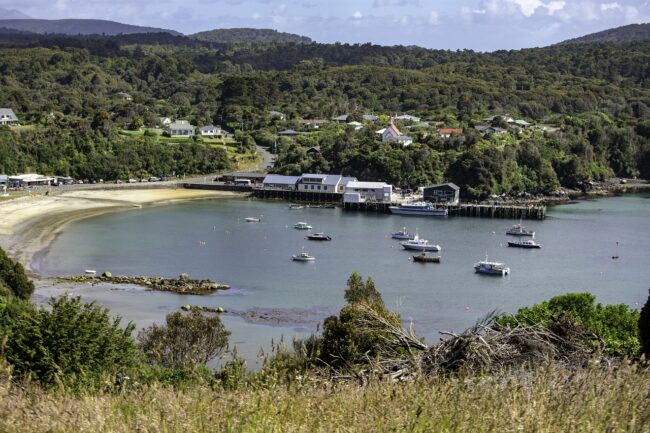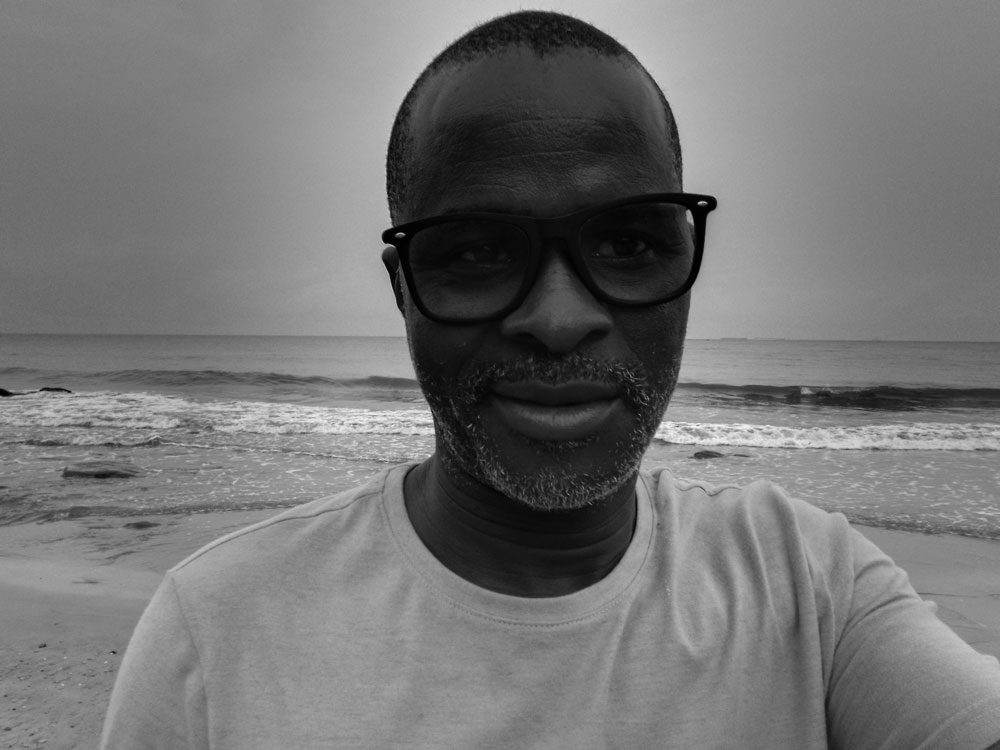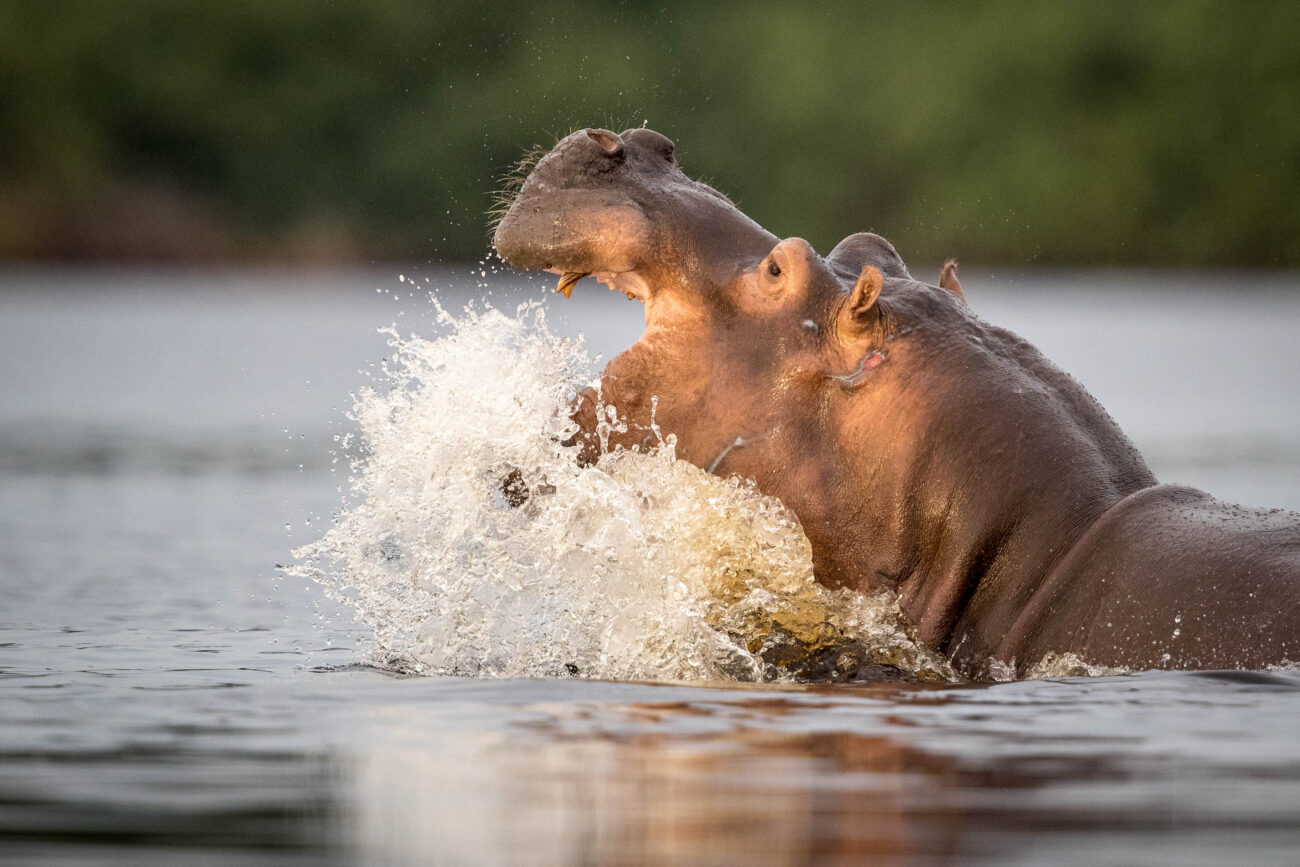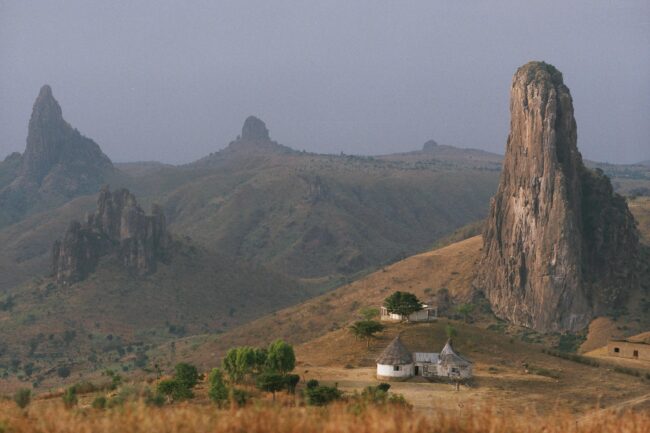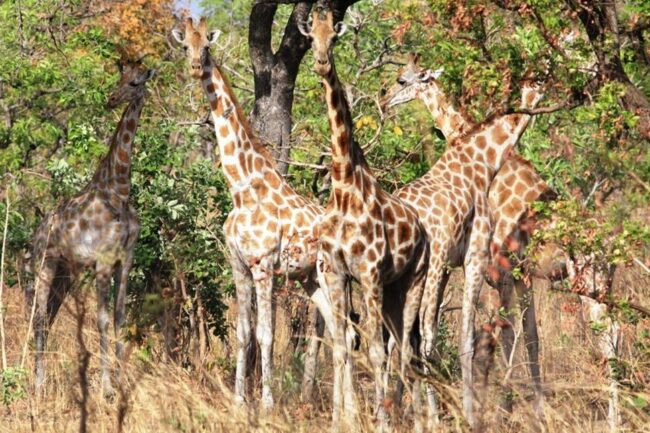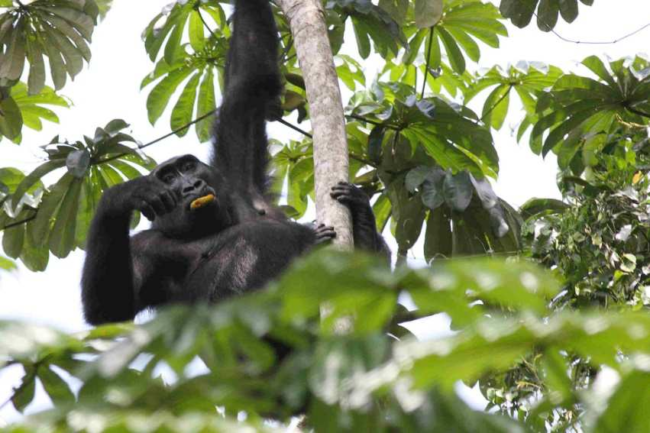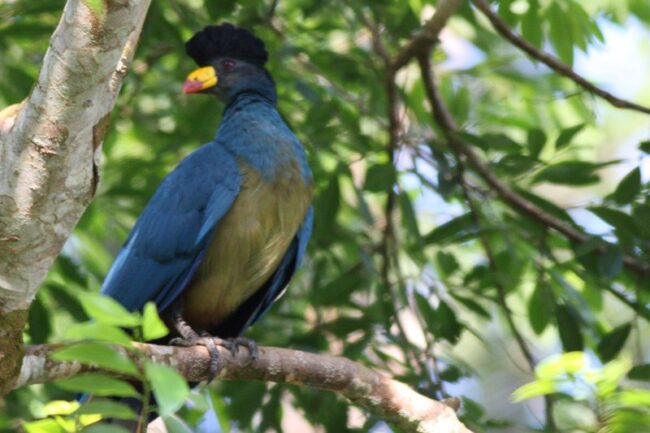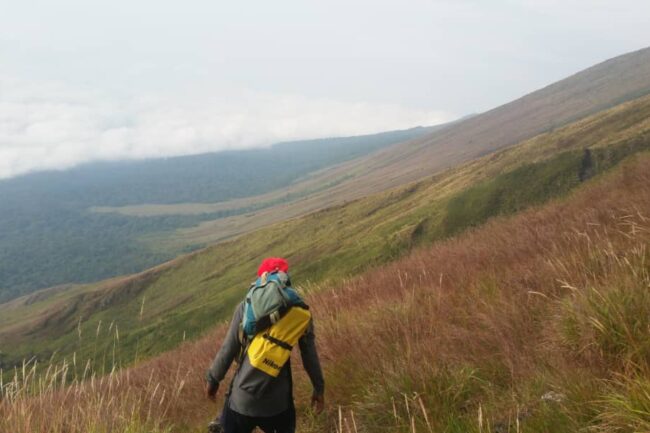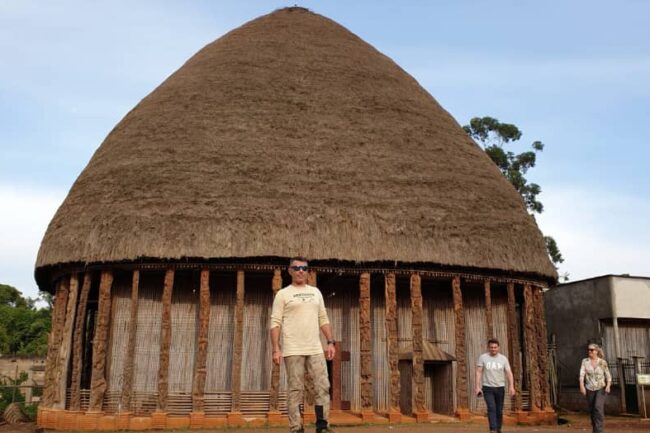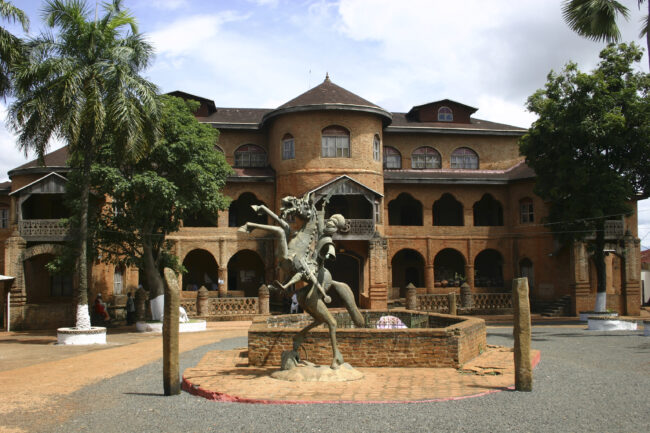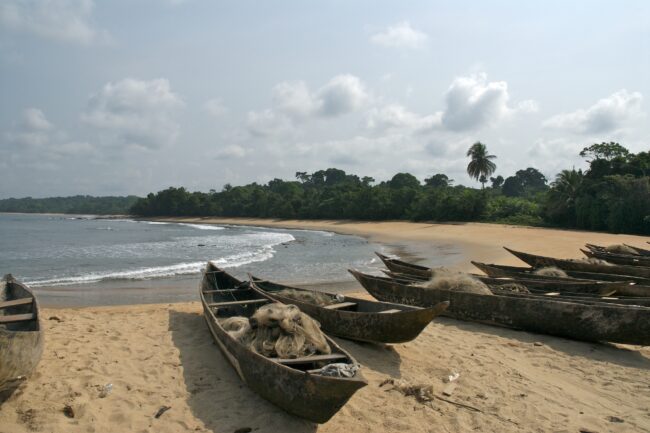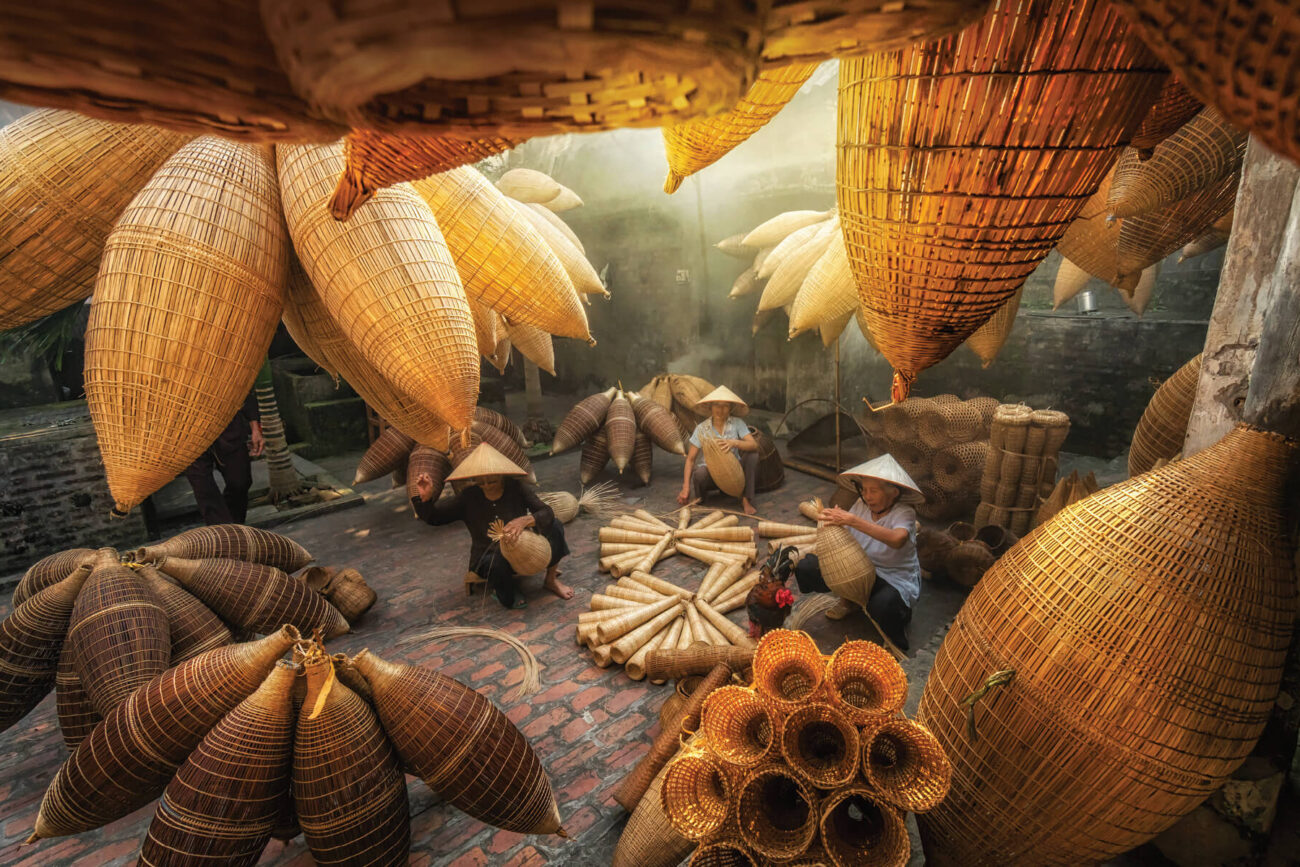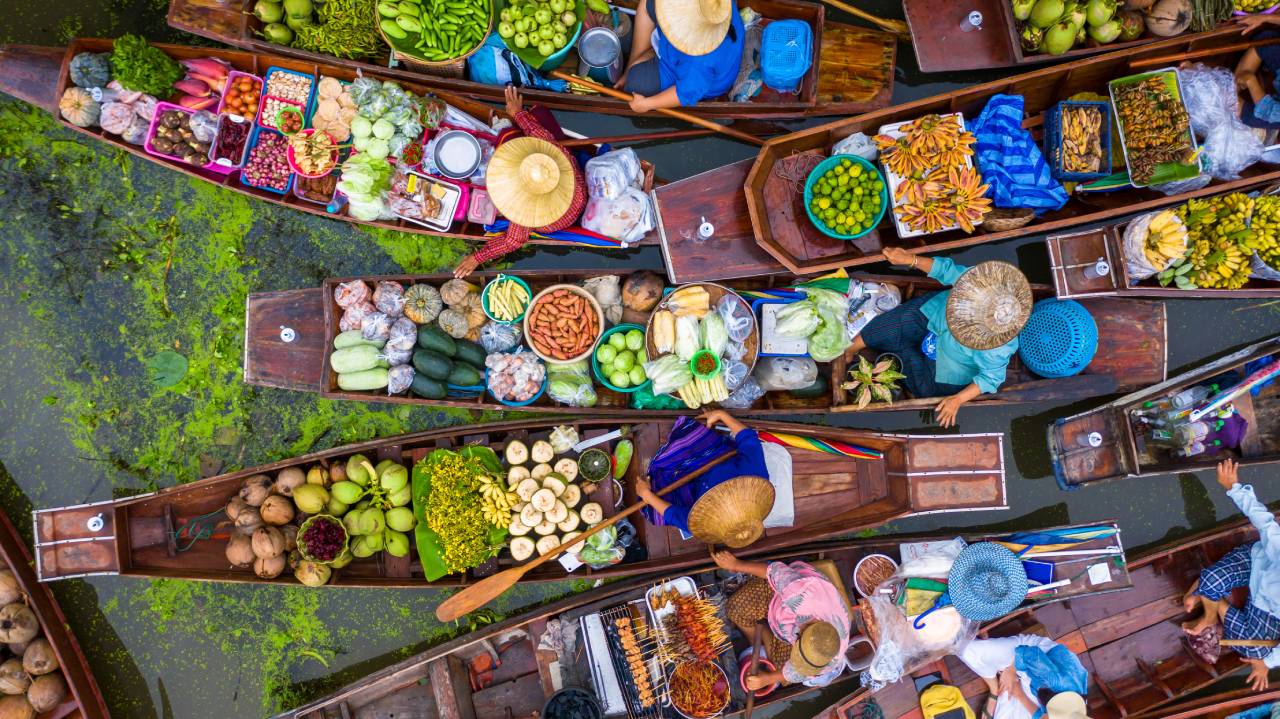Bangladesh
About Indo Asia Tours
- The tenacious foundation of service oriented outlook and in-depth knowledge has firmly kept them on the list of top five in-bound tour operators of India. Stellar client satisfaction, updated information and efficient systems has created a seamless work environment since 1987, when the organization was established.
- They are one of the leading ground operators in not only India but in Bhutan, Tibet, Nepal, Bangladesh and Sri Lanka, offering the client a hassle-free service for all the leading destinations in the subcontinent. Not only can the traveller look forward to a superior product, with the highest quality of services but the experience is amplified with their commitment towards social and environmentally inclined associations as well.
- Indo Asia’s endeavour towards creating safe and rich experiences of travel has led to being conferred with “The National Tourism Award” for excellence in travel industry from the Govt. of India, nine times. The company is also an active member of leading tourism organizations like ATTA, PATA, IATA, USTOA, Incredible India, TOFT, NTA etc. experience․
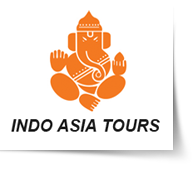

Lalit Atrish
Product & Services
- FIT & Group Travel
- Family Travel
- Cultural and Adventure Travel
- Special Interest Tours
- MICE, Events & Cruise Services
- Sports & Activities
Contact Info
- Indo Asia House, Plot no 56, Sector 44, Gurugram
- Haryana 122002
- India
- +911 244 534 500
Top Activities
- Wander through the narrow streets of Old Dhaka or take a ride on a Cycle Rickshaw, to discover its rich history, traditional architecture, and bustling markets.
- Take a boat tour into the Sundarbans, the largest mangrove forest in the world and a UNESCO World Heritage Site. You may spot wildlife such as Bengal tigers, crocodiles, deer, monkeys, and numerous bird species.
- Experience cultural festivals such as Pohela Boishakh (Bengali New Year), Durga Puja, Eid-ul-Fitr etc. These festivals offer vibrant celebrations, traditional music, dance performances, and delicious Bengali cuisine.
- Visit Sreemangal, known as the "Tea Capital" of Bangladesh, and explore its lush green tea gardens. Take a tour to learn about tea cultivation, visit tea factories, and enjoy scenic views.
- Take a boat trip on the Padma (Ganges), Meghna, or other rivers of Bangladesh to experience rural life, floating markets, and picturesque landscapes dotted with villages and agricultural fields.
- Sample traditional Bengali dishes such as biryani (rice dish with meat), hilsa fish curry, panta bhat (fermented rice), bhapa pitha (steamed rice cakes), and sweets like roshogolla and mishti doi or try the visually striking Seven Layered Tea.
- Visit artisan workshops to learn about traditional crafts such as pottery, weaving (like Jamdani and Nakshi Kantha), and folk art.
Top Selected Tours
Do you need a quotation or more details?
Did you know this fact?
About Bangladesh
With Dhaka taking the centre stage for all political and administrative activities, other cities in the small country of Bangladesh take the onus of travel-oriented exposure to the visitor. For this, the Mahasthangarh Archaeological Site (country’s oldest known city, dating back to 3rd century BCE), Paharpur Archaeological Site (a UNESCO World Heritage Site), the ancient city of Bagerhat (known for its UNESCO-listed mosques from the medieval period), floating markets in Barisal, the tea gardens of Sylhet, Bandarban and Chittagong Hill Tracts (picturesque regions known for their stunning landscapes, diverse indigenous cultures, and rich biodiversity), Cox’s Bazar (the world’s longest natural sandy sea beach)etc. offer wonderful scapes to explore. Use these as base camps to get around, as the infrastructure is better in major towns rather than small villages. Its prime draw lies in the Sundarbans mangrove forest – the largest mangrove forest in the world and a UNESCO World Heritage site known for its rich biodiversity. It is home to numerous endangered species including the Royal Bengal Tiger, saltwater crocodiles, and a variety of bird species. Exploring this unique ecosystem is a must for nature enthusiasts.
The best time to visit Bangladesh for most travelers is during the winter months (November to February) when the weather is most pleasant for sightseeing and outdoor activities. However, spring (March to April) is also a good option for those interested in cultural festivals, exploring wildlife and tea estates. In conclusion, Bangladesh is a country of breath-taking beauty. Whether you’re seeking adventure, relaxation, or cultural immersion, Bangladesh has it all. Its under-the-radar status makes it an ideal destination for those looking to explore off the beaten path.

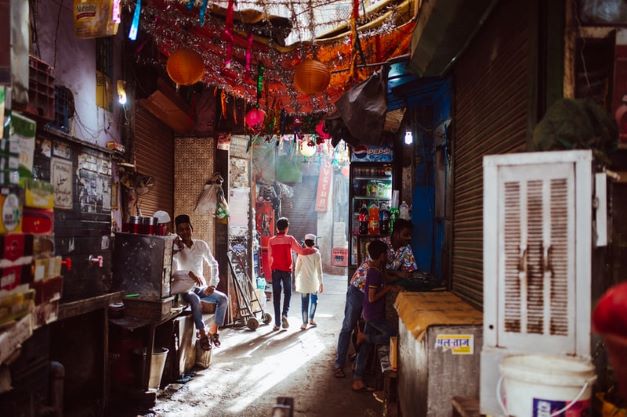
Delhi
A city which has been the seat of power of several empires for about a millennium. It has been destroyed and rebuilt many times, and interestingly, a number of its destroyers have also been its rulers. Delhi today is a potpourri of two distinct cultural lineages—Old Delhi and New Delhi. Juxtaposed against the immaculately planned New Delhi created by the British Raj, Old Delhi, which was once the capital of Islamic India, is a labyrinthine network of lanes and by lanes with crumbling havelis and formidable mosques.
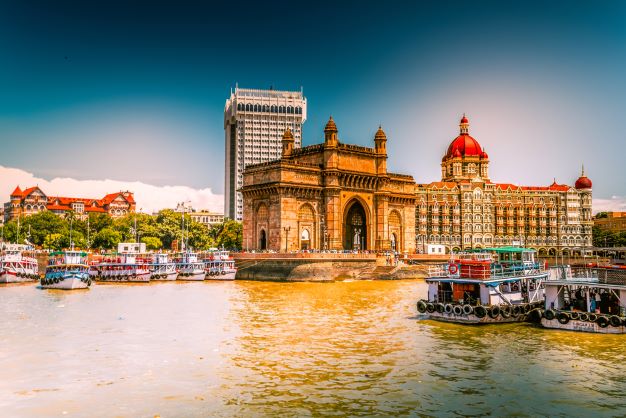
Mumbai
Or Bombay is a vibrant and pulsating cosmopolitan that represents the face of modern India. A cluster of seven islands that was presented to King Charles II as dowry in 1661, Mumbai today has become the economic capital of the country with thriving markets and business houses. The coexistence of several different communities here reflects the multi-ethnic identity of this city that never sleeps. Although Mumbai mirrors changes brought about by liberalization and modernization, at its core it remains a city steeped in its culture and tradition.
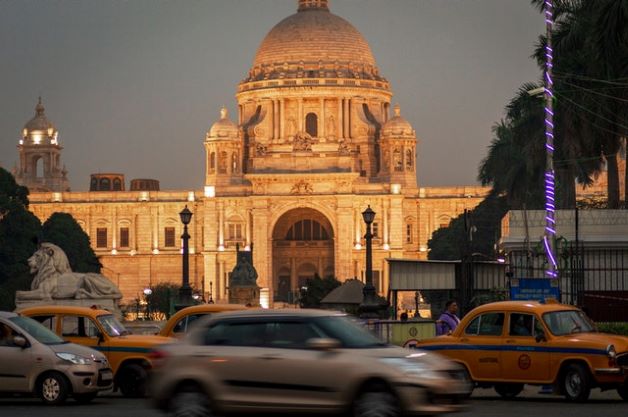
Kolkata
A city that is referred to as the “Cultural Capital” or “Literary Capital” of India. The name Kolkata was derived from the Bengali word Kolikata, the name of one of the three villages that predated the arrival of the British in this area. The commercial, cultural, and educational center of East India, the place is known for its literary, artistic and revolutionary heritage. Under the British Raj, Kolkata served as the capital of India until 1911, when perceived geographical drawbacks and apparent political turmoil led to shifting of the capital to New Delhi.
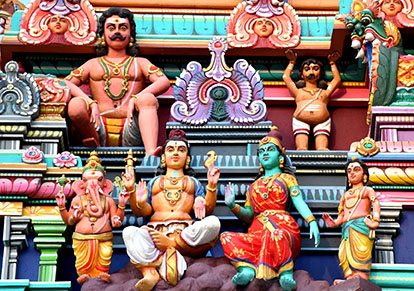
Bangalore
A city that enjoys good weather almost throughout the year. Founded in 1537 by Kempe Gowda I, Bengaluru today has grown much beyond the mud fort and moat built in the 16th century. The city with its sprawling gardens, parks, lakes and perennial flowering trees has rightly earned the sobriquet of “Garden City”. Once a sleepy cantonment settlement during the time of the British Raj, the city’s burgeoning information technology sector and economy have transformed it into one of the fastest growing cities of India.
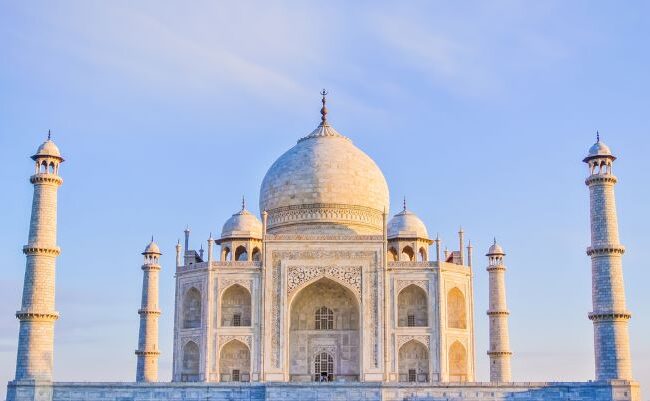
North India
From the mesmerizing beauty of Kashmir to the royal splendors of Rajasthan. From the most classic symbol of love, the Taj Mahal, to the holiest river of all, the Ganges. From the soaring Himalayas of Ladakh to the beautiful villages of Uttarakhand, North India is truly is a treasure trove of endless nature, authentic cultural immersions, and a collection of experiences filled with tranquility.
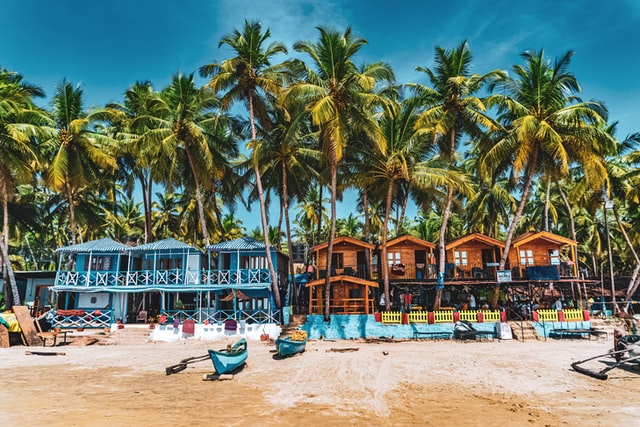
Western India
From the hippie Goa to the colorful, vibrant, and rustic Gujarat, visiting the Western region of India will take you to a worthy spot at every corner. From the hustle life of the country’s financial capital, Mumbai, to the more relaxed travel through the union territory of Daman and Diu and Dadra and Nagar Haveli, every passing day of your vacation, you are bound to spend them in heaven!
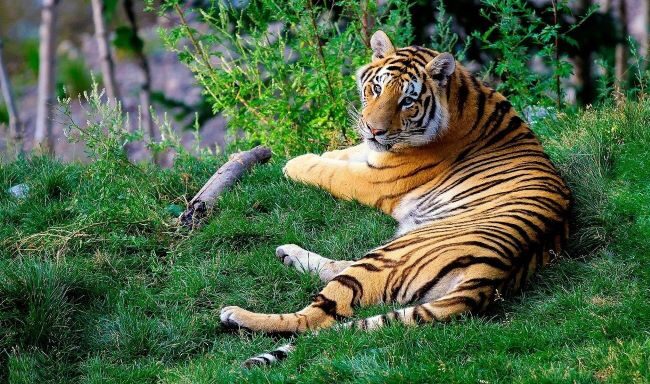
Central India
A region that gives you a glimpse into the country’s magnificent wildlife, rich heritage, and architectural splendors whilst creating a colorful amalgamation of culture, cuisine, and tradition. From the prehistoric site of Bhimbetka to erotic Temples at Khajuraho, ancient sites at Orchha, and mesmerizing Buddhist sites at Sanchi, the finest of ancient civilization can be seen here. For wildlife enthusiasts, the tiger-rich forests of Pench, Bandhavgarh, and Kanha are the go-to places. The region also has a quaint and beautiful hilly town of Mandu, famous for its ruins and serenity. If you have an inclination towards spirituality, the contemplative towns of Maheshwar and Omkareshwar are a must-visit.
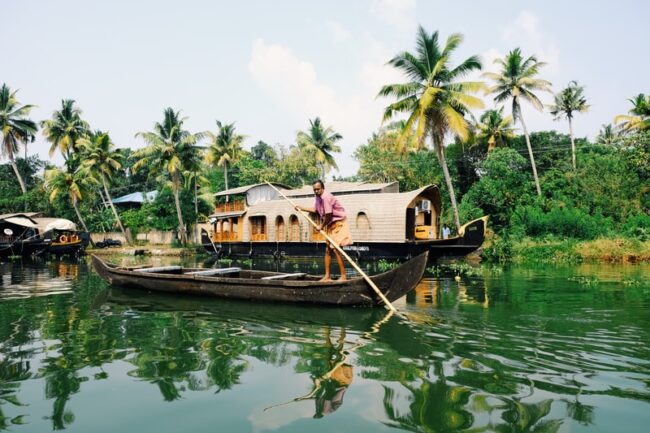
South India
Lush green spices, tea, and coffee plantations on the hills with different hues of blue sky shaping the sky fill your heart is what you get in South India. The grandeur of the Dravidian style of architectural marvels like the temples of Mahabalipuram, Palakkad, Hampi, and Chola Temple, among many others, is a sight to behold. South India is a treasure of peace, scenic views, nature’s ecstasy, and ancient India’s glory. Therefore, often travel to South India is said to be the the best travel destinations in India.
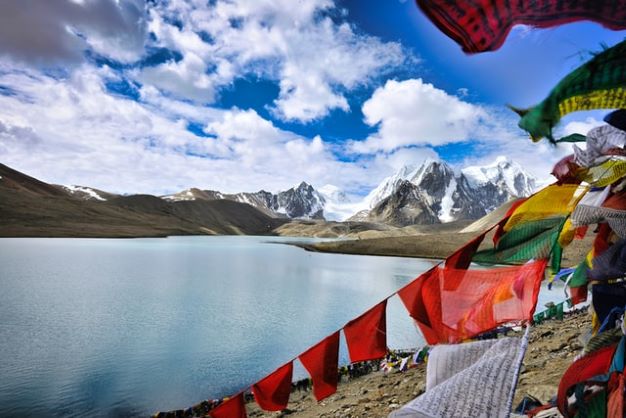
North East India
The Northeastern region of India offers an astonishingly diverse assortment of natural and cultural wonders. Varied climates and landscapes found throughout its reaches are spread along with Bhutan, Tibet, Myanmar, and Bangladesh. When you travel to Northeast India, there is so much to explore and experience. Here one can find around 220 different ethnic groups and many different dialects. The varying art, dance, religious practices, history, and architecture unfold an exciting way to reflect the diversity of this region. This land indeed is very different from the rest of India.
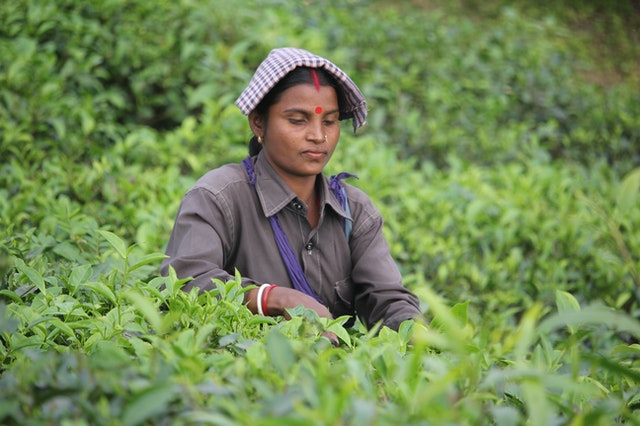
East India
Life in the eastern plains of India mainly revolves around the holy Ganges water and the mighty Brahmaputra, offering a different world in India. You can explore the beautiful and relatively untouched sites of eastern India, depicting culture and charm in their true form. Drenched with tea gardens, beautiful lush green hills, fascinating wildlife sanctuaries, vast Himalayan views, impressive temples, and Buddhist sites, Eastern India has many beautiful things to make your trip memorable.



